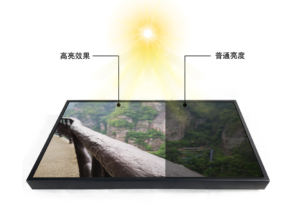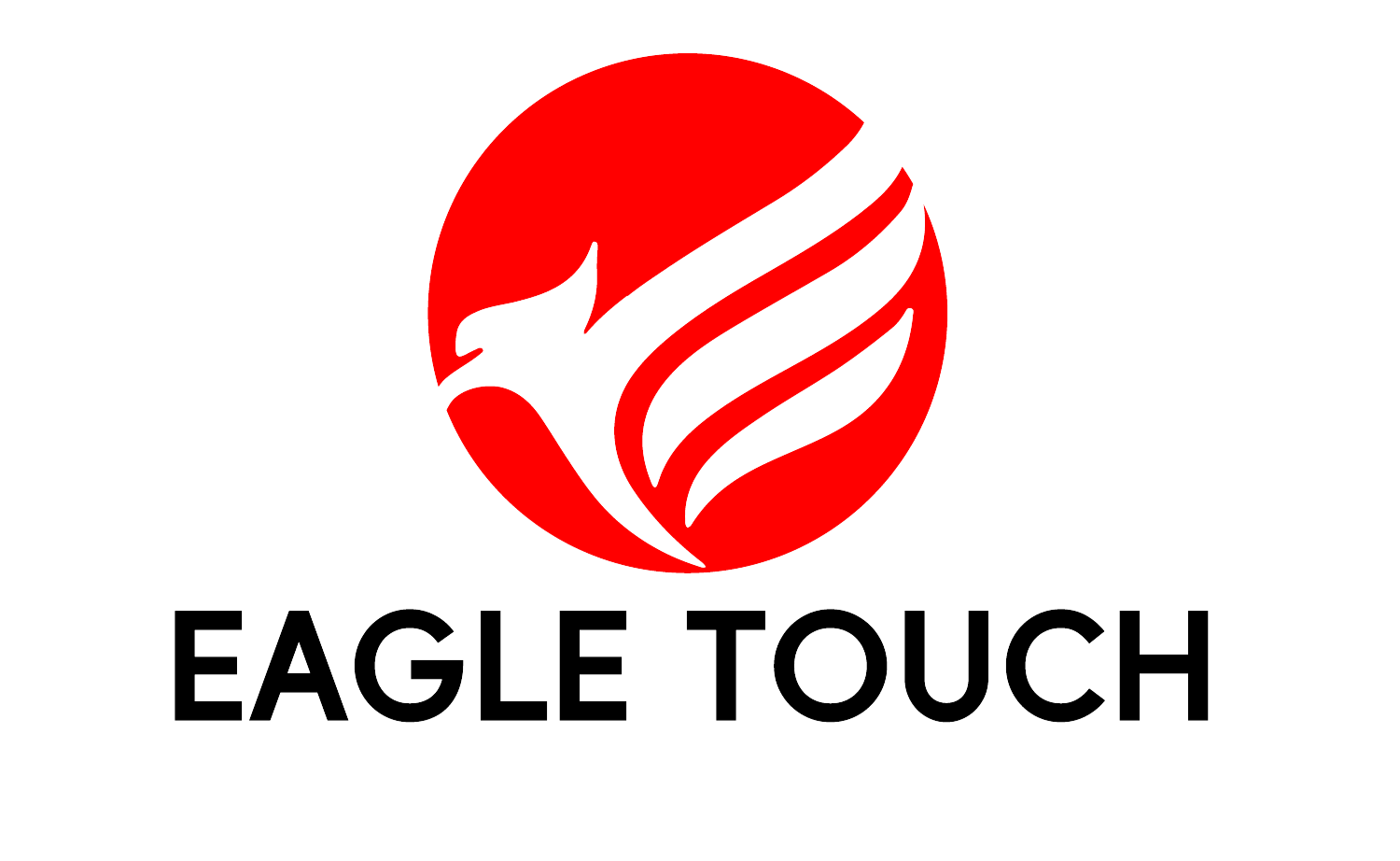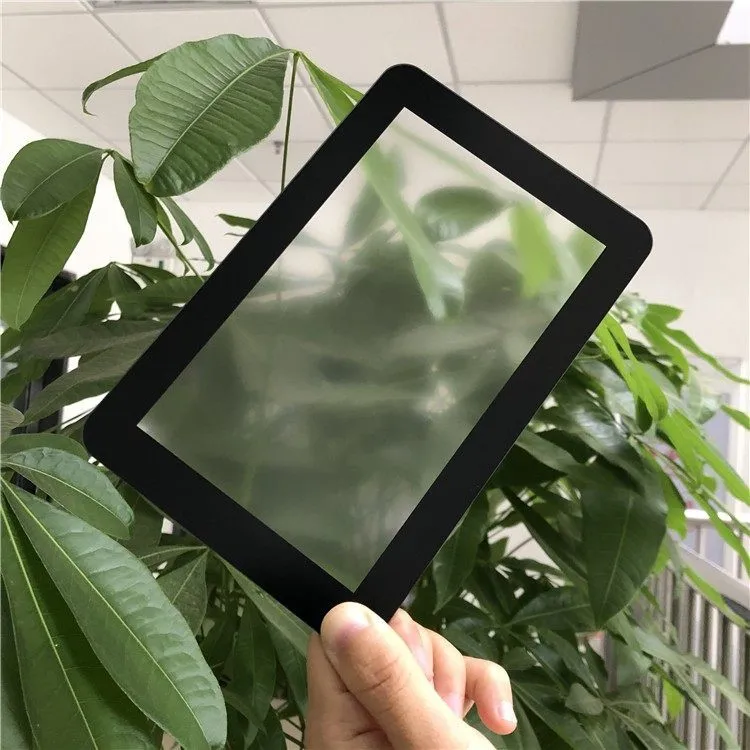
Staring at a screen while the sun blazes above you can feel like trying to read the fine print on a contract—frustrating and almost impossible. This is particularly problematic for businesses like ours that are heavily reliant on outdoor operations and interactive touch solutions. To get a comprehensive idea of sunlight-readable monitors, check out our detailed guide.
Worry not! By focusing on the right features like high brightness, AG treatment, working temperature, color generation, waterproof capabilities, and viewing angle, you can find a monitor that not only withstands the elements but shines in them.
Trust me, once you read this guide, choosing the perfect sunlight readable monitor will be as straightforward as enjoying a sundae on a Sunday.
What’s the Deal with High Brightness?
Brightness is the cornerstone of a sunlight readable monitor. And by brightness, I mean the luminance of a screen usually measured in nits. A higher nit count usually equals better readability in direct sunlight. The game starts at 1,000 nits if you’re serious about outdoor readability. Anything less is like bringing a knife to a gunfight—utterly insufficient. Also auto-dimming function is also a good choice for sunlight readable displays

How Does Anti-Glare Technology Help?
Anti-glare technology diffuses light, reducing reflections and glare that can wash out the screen. In a nutshell, anti-glare treatment helps maintain screen readability in high-brightness environments. For evidence on its effectiveness, visit this link.
If you operate in an environment where sunlight glare is as persistent as that one email you keep forgetting to reply to, anti-glare is not optional—it’s a necessity.
Why is Working Temperature and Thermal Management Crucial?
Outdoor operations often mean exposure to extreme temperatures. So, besides brightness, your monitor should have excellent thermal management.
A quality sunlight readable monitor should be operational between temperatures of -20°C to 70°C. and above. A broad working temperature range ensures that your screen doesn’t turn into a pumpkin when the clock strikes noon or midnight.
What’s the Color Generation Story?
In bright conditions, poor color generation can make your monitor look as washed out as an old pair of jeans. Quality matters here,Ensure that your chosen monitor can generate vibrant and accurate colors. It’s not just about visibility; it’s about providing an engaging user experience.

Do You Need Waterproof Capability?
This is where IP (Ingress Protection) ratings come into play. An outdoor monitor needs to be more than just a pretty face—it needs to withstand the elements.Make sure you pick a monitor with a suitable IP rating for water resistance. For instance, an IP65 rating would offer protection against water jets from any direction.
What About Viewing Angles?
A screen may look fantastic from the front, but what about from the sides? Viewing angles matter, especially in public or open-air settings.Look for a monitor with wide viewing angles, so the display looks great, whether you’re standing dead center or approaching from a 45-degree angle.

Conclusion
There you have it! To ensure your sunlight readable monitor works as well as your indoor displays (if not better), focus on these key features: high brightness, AG treatment working temperature and thermal management, color generation, waterproof capability, and viewing angle.
If you nail these aspects, even the sun won’t dare to mess with your business operations. Time to let your business shine!





